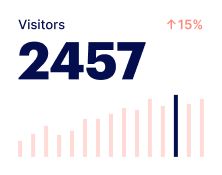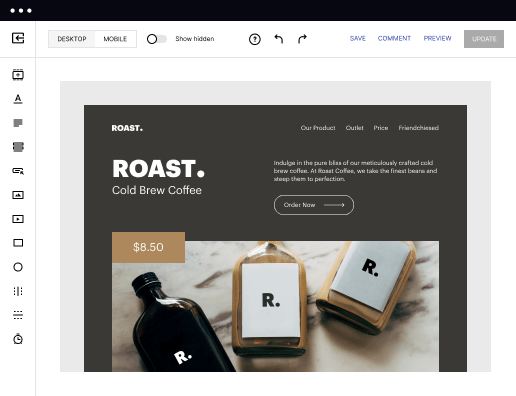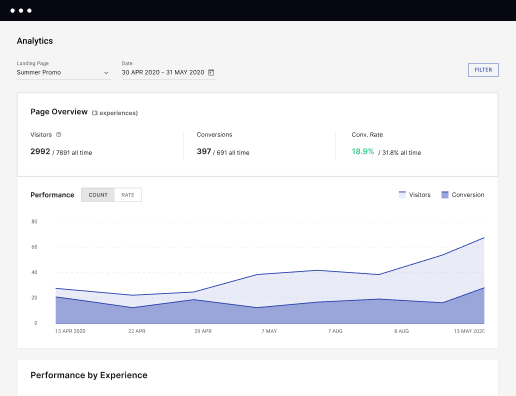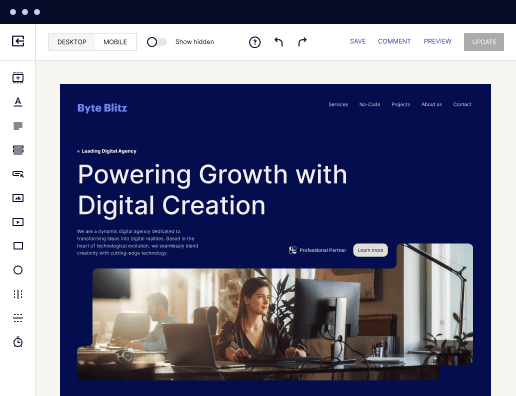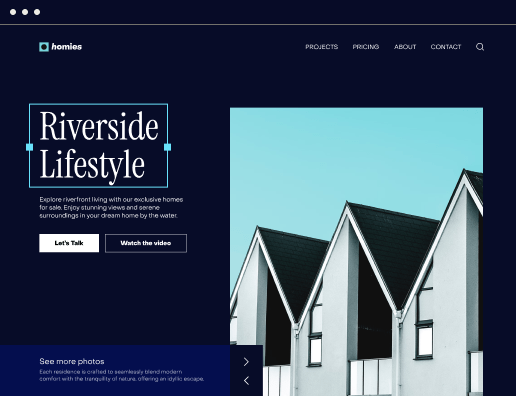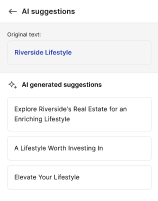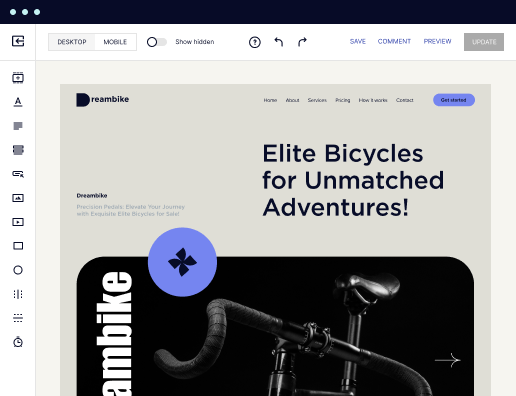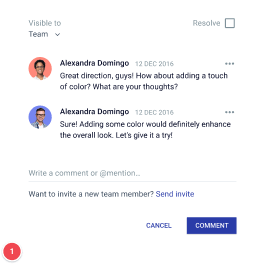Make your sitemap page designed for Windows Server
Instapage empowers you to reduce costs, increase conversions, and deliver meaningful experiences on Windows Server.
How to Make Your Sitemap Page on Windows Server: A Comprehensive Guide
Creating a sitemap page on Windows Server can significantly enhance your site's SEO and user navigation. With Instapage, marketers can leverage powerful landing page tools that empower them to create effective sitemaps quickly and efficiently. This guide outlines the step-by-step process of making your sitemap page while integrating best practices in optimization and personalization.
Understanding the Importance of a Sitemap Page
A sitemap page is a crucial component of your website, providing a comprehensive overview of your content and improving user experience. Here’s why it matters:
- Enhances SEO visibility: A well-structured sitemap allows search engines to index your content efficiently, improving your site's visibility.
- Facilitates site navigation: By offering a clear layout of your pages, users can easily find what they're looking for, reducing bounce rates.
- Supports dynamic updates: When adding or changing content, an up-to-date sitemap ensures that both users and search engines are aware of these changes.
Step 1: Setting Up Your Environment on Windows Server
To start making your sitemap page, ensure that your Windows Server is configured properly for web development. Here are key setup considerations:
- Install IIS (Internet Information Services): This will allow you to host your website and modify settings for your sitemap.
- Enable necessary features: Ensure that required features like static content and URL rewriting are enabled.
- Set up a dedicated directory: Create a folder structure where you can store your sitemap files for easy access and management.
Step 2: Creating the Sitemap Page
Once your environment is set, initiating the sitemap page is straightforward. Follow these steps:
- Choose your preferred format: XML or HTML. XML is more suitable for search engines, while HTML is better for user accessibility.
- Integrate dynamic text replacement: Leverage Instapage’s tools to personalize experiences for different audience segments by dynamically altering sitemap content.
- Add links to all significant pages: Ensure that every important page on your website is included, fostering better navigation for visitors.
Step 3: Optimizing and Testing Your Sitemap Page
After creating your sitemap page, focus on optimizing it for both users and search engines:
- Conduct A/B tests: Use Instapage’s built-in experimentation features to test different configurations of your sitemap page and measure user engagement.
- Analyze performance with heatmaps: Gain insights into how users interact with your sitemap, allowing for targeted adjustments.
- Update regularly: Frequent updates based on user interaction and search engine updates will keep your sitemap relevant.
Building your sitemap page on Windows Server is manageable with the right tools and approach. By following these steps, you ensure that both users and search engines find value in your content.
Get started with Instapage today and unlock your landing page potential. Experience efficiency, personalization, and collaboration like never before!
Get more out of Make your sitemap page on Windows Server
Improve your Quality Score with quick load technology for landing pages
Increase conversions with content that aligns with your ads and audiences
Achieve maximum ROI by scaling your marketing initiatives
Leading the way in building high-performing landing pages





FAQs
See how to make your sitemap page on windows server in action
Ready to skyrocket conversions?
Supercharge your ad campaigns with high-performing landing pages.
Get started
